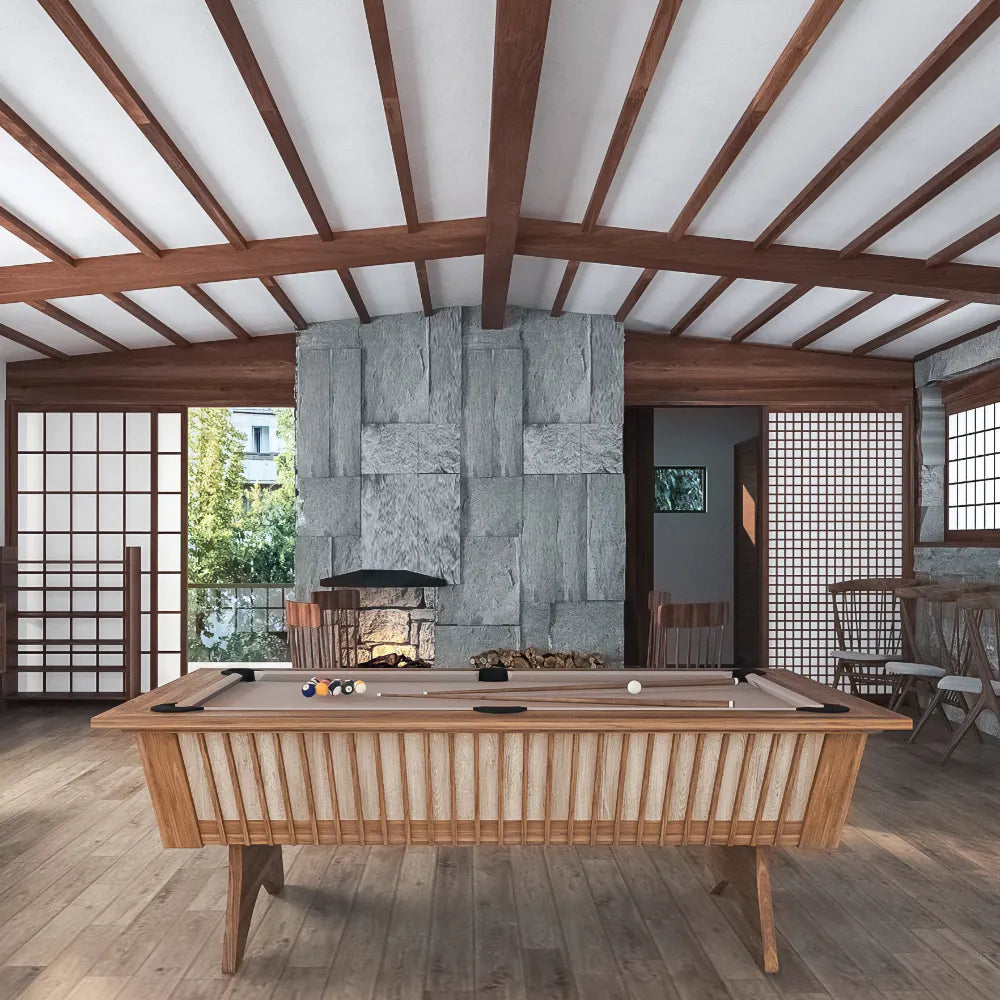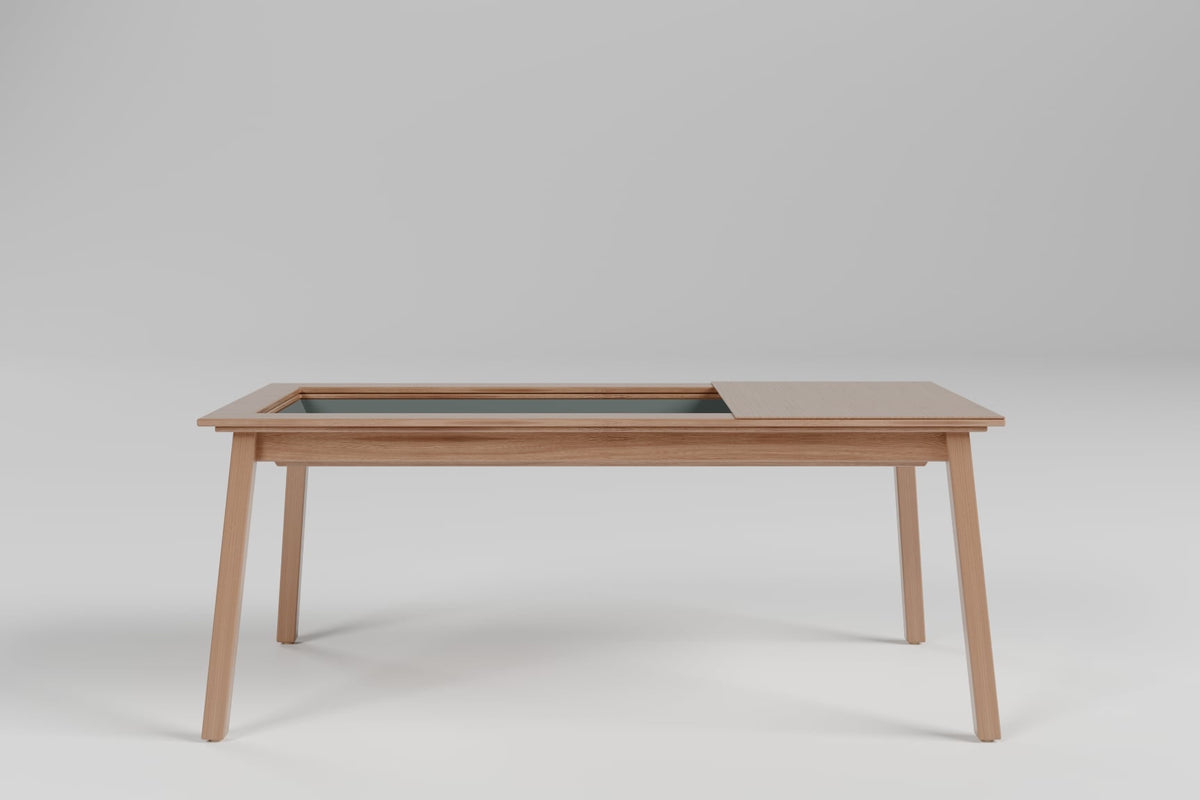Material Witnesses to Professional Evolution
Within the layered narratives of American material culture, the banker's lamp emerges as both artifact and archive. When Harrison D. McFaddin consecrated his Emeralite design in 1909, he was not merely creating a lighting fixture but crafting a material language of institutional legitimacy. The name itself performs an alchemical transformation—emerald embracing light—speaking to the period's complex negotiation between utility and symbolism.
The lamp's physical vocabulary—its cased glass shade, a marriage of opal and emerald layers—reveals the sophisticated material intelligence of early twentieth-century craft. Here, glassmaking traditions transplanted from European workshops find new expression in the service of American professional spaces, each layer of glass a stratum in our understanding of cultural translation and adaptation.
The Architecture of Light and Authority
In its brass base, we read a deliberate grammar of stability—each decorative flourish an assertion of permanence, each carefully weighted element a declaration of institutional gravitas. The pull chain becomes a ritual object, its daily use a small performance of professional authority. These material choices speak to a moment when American commerce sought to clothe itself in the language of tradition, even as it embraced modernity's efficiencies.
Spaces of Cultural Production
As these lamps proliferated through banks, law offices, and libraries, they participated in a broader choreography of professional space. Their green glow created not just pools of light but territories of concentration, transforming each desk into a stage where the drama of American commerce and jurisprudence could unfold. The lamp's presence in these spaces wasn't incidental—it was instrumental in crafting environments where authority could be both exercised and displayed.
Contemporary Resonance and Material Memory
In our present moment, these lamps persist as complex repositories of cultural meaning. Whether original artifacts bearing the patina of decades of use or contemporary reproductions engaging in dialogue with historical forms, each lamp carries forward a material conversation about authority, efficiency, and professional identity. Their continued presence in contemporary spaces speaks to our ongoing negotiation with the material language of institutional power.
The adjustable arms and directional shades that once spoke purely of practical concerns now carry additional freight as gestures toward a particular understanding of professional autonomy and control. Even as modern office landscapes shift toward more fluid and informal arrangements, the banker's lamp remains—a material witness to evolving notions of professional space and authority.





0 comments